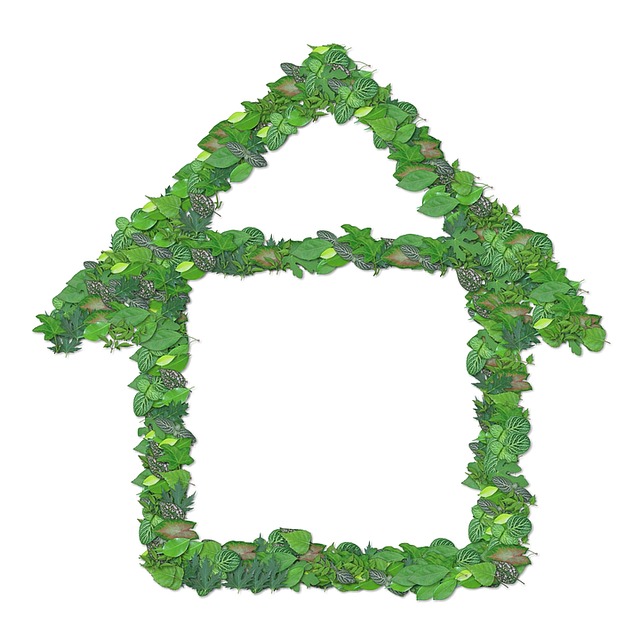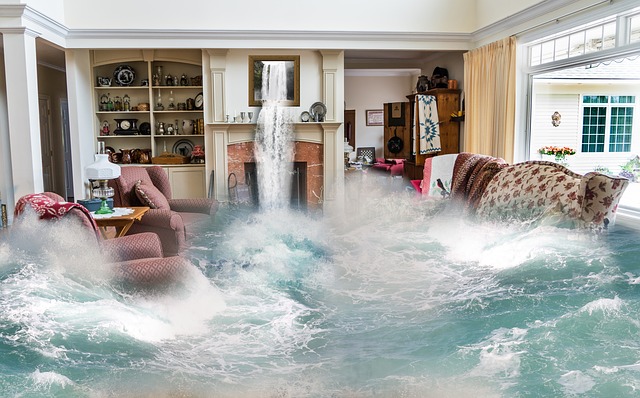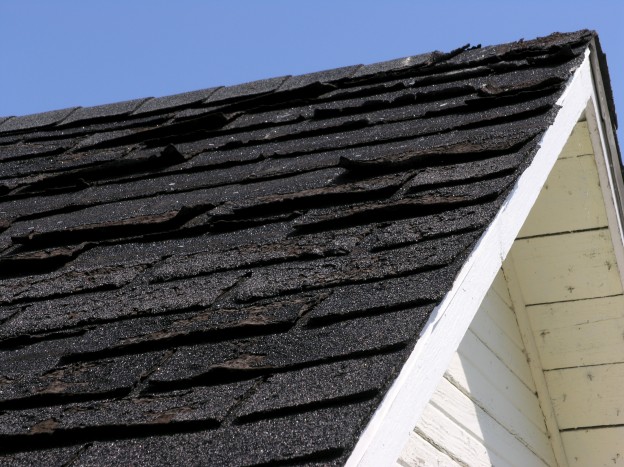Home Warranty > Home Tips For Homeowners
Going Green 101: What Homeowners Need to Know to Reduce Energy Consumption

When the utility bill arrives in the mail each month, who wouldn’t want to open the envelope and see a hefty dose of savings?
One way to lower energy consumption at home is to incorporate greener and more energy efficient habits and practices. Luckily, saving money (and resources) is easier than you think. Some tips are simple, while others require a bit of effort and a possible investment. Read on to get the inside scoop on going green.
Greener Landscaping Techniques
Say goodbye to using excess energy!
Well-placed landscaping, like trees, not only beautify the area around your home, but also ease the work it takes for HVAC units to keep up during bouts of warm weather.
After incorporating at least three strategically-placed trees around your home, like the U.S. Forest Service Center for Urban Forest Research suggests, you can expect to save upwards of 30 percent on your energy usage.
How exactly do trees offer a reduction of energy costs? Trees provide shade and help with the evaporation of water. The evaporation from a single large tree can produce the cooling effect of 10 room-sized air conditioners operating 24-hours a day.
Not sure where to plant trees? According to the Arbor Day Foundation, large deciduous trees planted on the east, west, and northwest sides of your home create shade from the hot summer sun, reducing AC costs by up to 35 percent.
Consider planting a tree directly shading your air conditioner unit outside, too. Per the Arbor Day Foundation, an AC unit operating in the shade uses as much as 10 percent less electricity than the same AC unit operating in the sun.
Trees do their part, too, even in the winter by blocking cold winds, which reduces the strain on heating units.
When a whole neighborhood incorporates green strategies like planting more trees in strategic locations, the demand for power decreases overall. Consequently, as utility plants require less power production, the amount of air pollutants these power plants emit decrease as well. A global win for all! Small changes. Big impacts.
To shade walls and windows, shrubs and trellised vines can work wonders.
Curious about which trees might flourish best in your neighborhood? The Arbor Day Foundation’s U.S. Hardiness Zone Map has tree suggestions based on your region. Enter your home zip code to discover which trees are the most popular options within your home’s zone.
Greener Strategies for Water Heating at Home
According to the Department of Energy’s Office of Energy Efficiency and Renewable Energy, heating and cooling account for the largest amounts of energy usage in your home, making up roughly 35-40 percent of your energy use. Water heating comes in at second place, typically accounting for 13 percent of a home’s energy usage.
If you’re ready to cut down on spending, consider these energy saving options:
Use less hot water.
Turn down the thermostat on your water heater.
Is your water heater warm to the touch? Consider insulating your water heater. Containing the heat equals less energy lost and more money saved. On average, insulating hot water tanks saves 7-16 percent annually in water heating costs.
Not sure what temperature your water heater should be set at? The Department of Energy suggests 120° F as the average for American homes.
To further encourage your water heater’s efficiency, drain a quart of water from your water tank every three months. Pencil this task on the family calendar as a regular, reoccurring chore. The removal of this water helps eliminate built-up sediment that slows the water heater and impedes the transfer of heat.
The final option? Spring for a new, more energy efficient water heater model.
Going Green with Smart Technology
Smart thermostats take out the guesswork. These Wi-Fi-enabled devices automatically know what temperature your home should be adjusted to in order to save on energy.
Based on optimized insight, preference, and daily schedules, smart thermostats are just that…smart, even when you’re out at the office all day or sleeping at night.
Smart thermostats also track energy usage. Actual readouts and reports mean you can tailor the settings for more savings, if you’d like.
Plus, they’re convenient. You can check in on your thermostat and energy usage at any time during the day, or manually adjust the settings, by smartphone or a tablet.
Solar Power + Tax Incentives for Going Green
Solar panels, which convert natural sunlight into a usable form of electricity, make sense depending on how much sunlight you receive on your property and on what size system you’re interested in converting. If you live in an area that receives sufficient sunlight, your roof might be an ideal location for rooftop solar panels or solar shingles. Another viable choice may be installing solar panels in your yard.
Today, there are many options for homeowners interested in solar energy. If you’re a homeowner interested in exploring the options of solar energy, know that you don’t have to buy the solar panels outright. You can buy, lease, or enter into a power purchase agreement (PPA), where a solar system is installed on your property and you buy back the solar power you generate.
And, government-backed tax incentives certainly sweeten the deal. The U.S. Department of Energy is currently offering a 30 percent federal tax credit through the year 2019 for homeowners who buy small solar energy systems. By 2020, the tax credit will decrease to 26 percent, and then in 2021, the tax credit will be 22 percent. Solar tax credits like these are expected to expire on December 21, 2021.
Harness the Power of Wind
Wind is another renewable resource and possible green strategy for creating energy at home. Before forging on with a wind turbine of your own though (learn all you need to know here with this free, open-sourced Small Wind Guidebook), you will want to make sure you have enough “wind resource” to power one.
Small wind systems, which are intended for properties on more than an acre of land, generate a range of 400 W to 20 kW of energy and usually include a wind turbine, tower, wiring, and a balance of system components. Before installing a wind turbine at home, it’s important to understand any legal and environmental obstacles you could encounter, including zoning and permitting requirements.
Now that you know how green solutions help save money and energy, all while harnessing the power of the Earth’s natural resources, which green strategy will you implement first? Share this article with a neighbor or a friend who might be interested in going green, too.


